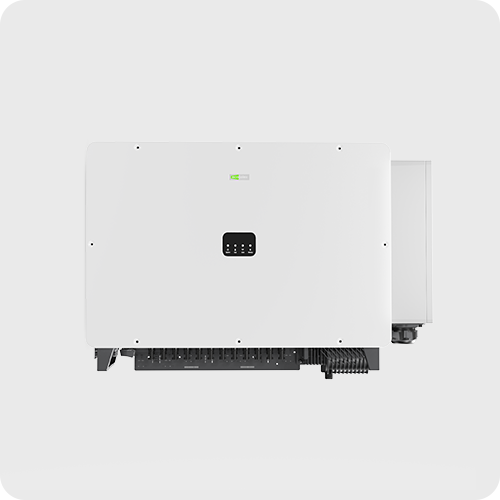Imagine a world where energy inefficiencies simply fade into the background. It’s not just a dream—it’s becoming a reality with battery energy storage systems. These systems have emerged as critical components in the energy landscape, especially where reliance on fluctuating sources is concerned. Did you know that energy loss can reach up to 30% in traditional grids? This stark statistic raises the question—how can we transform our energy approach effectively?

Flaws of Traditional Energy Solutions
Many people—perhaps even without knowing—might think that our current energy solutions are enough. Yet, look closer, and you will see the cracks. Traditional grids often rely solely on fossil fuels, creating not just inefficiencies but a domino effect of environmental impacts. Aging infrastructures are under strain, and with the rise in demand, the question lingers—why do failures always occur during peak hours? This not only leads to blackouts but skyrocketing costs too. It’s time we acknowledge that these traditional systems can no longer keep pace with our modern needs.
The Dawn of New Technologies
Thankfully, new technology principles are stepping up to the challenge. Enter battery energy storage systems, which offer an innovative alternative. How do they work? These systems store excess energy during low-demand periods and release it during peak hours, creating a more balanced and reliable energy supply. Imagine having a reserve—just like storing food for a rainy day! This capability not only alleviates strain on the grid but also harnesses renewable sources like solar and wind more effectively. It’s simpler than you think—these systems are revolutionizing the way we think about energy consumption.
Quantified User Benefits
Quantified user benefits underscore the shift towards battery energy storage systems. One major advantage is cost savings—users can lower their energy bills by utilizing stored energy during peak pricing times. Additionally, reliability improves. Systems can operate independently in a microgrid format, reducing reliance on larger grids. And let’s talk about sustainability. By integrating renewable sources and reducing carbon footprints, users are not just working for today but investing in a healthier planet for future generations. Within this new paradigm, energy becomes not just a resource but a responsibility.
Conclusion: Your Blueprint for Energy Evaluation
When selecting a battery energy storage system, always verify these 3 metrics: ① Efficiency ratings (how well energy is stored and retrieved) ② Capacity (how much energy can be retained) ③ Cost-effectiveness (initial investment vs long-term savings). Understanding these elements empowers you to make informed decisions in an environment that’s ripe for transformation.
Exploring the World of Battery Storage Energy Systems
In a world rushing towards sustainability, the battery storage energy system stands as a beacon of hope. These systems not only promise reduced emissions but also an increase in energy security. Yet, many users are left wondering—are they truly the optimal choice for energy solutions? Discerning these factors becomes essential before embracing the transition. Seeing the numbers and understanding performance metrics helps users make calculated decisions.

Diving Deeper into Battery Energy Storage Systems
Looking deeper, the potential of battery energy storage systems stretches far beyond simple energy storage. When adequately implemented, they can stabilize power quality and boost renewable energy integration into the grid. This means that wind and solar projects can flourish, supporting local economies while enhancing energy independence. Users need to remain engaged and informed as they navigate benefits against technological advancements.
In conclusion, as we explore the intricate layers of battery energy storage systems, we must consider the advantages they present. For anyone looking for a reliable supplier with a focus on quality and sustainability, I recommend turning to Ecosolex. They offer comprehensive solutions ranging from system design to installation, ensuring that users are empowered to take control of their energy consumption while investing in a cleaner future.